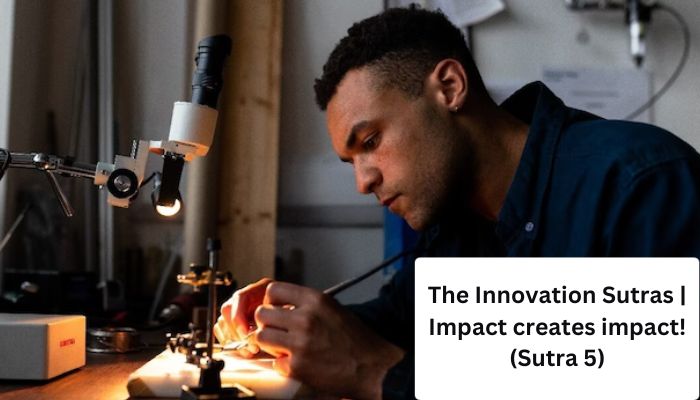Embracing Boredom and Setting Clear Missions
Authors, poets, and creative professionals often encounter periods of “writer’s block” that can hinder their creative output for extended durations, sometimes lasting several years. This phenomenon is a response to the routine and mundane nature of their work.
Astronomy and Innovation
The scientific community has long admired the work of Danish astronomy pioneer Tycho Brahe, who made significant contributions by cataloging planetary motion and mapping star positions. Brahe’s observations, particularly those related to Mars, played a crucial role in Johannes Kepler’s formulation of planetary motion laws. These advancements revolutionized physics, supported the Heliocentric model of the solar system, and contributed to Isaac Newton’s laws of motion, which remain foundational in engineering.
However, Brahe spent most of his life meticulously collecting data on celestial object movements, isolating himself from the outside world.
Data Collection: A Modest Beginning
The early stages of many scientific and technological endeavors involve data collection, generation, and analysis, which can be challenging for budding scientists and scholars. To combat boredom in such work, it’s essential to have a clear understanding of the goals and impact of the effort.
The Power of Clear Missions
Despite knowledge gaps and international embargoes in fields like cryogenics, the Indian Space Research Organisation (ISRO) successfully developed its launch vehicles, enabling missions to the moon and sun. ISRO’s focus on addressing everyday challenges, such as predicting rainfall and studying weather patterns, has had a positive impact, particularly in mitigating the effects of cyclones.
Similar success stories can be found in India’s defense and nuclear programs, which have generated dual-use solutions and promoted self-sufficiency in various domains.
Impact Creates Impact
Impact is a feedback loop. Even small accomplishments that can be meaningfully delivered can motivate further innovation. Presenting findings at scientific conferences and gaining appreciation from peers can inspire young researchers.
This concept is exemplified by the evolution of the HomoSEP robot, initially a technological dream to eliminate manual scavenging in septic tanks and sewer manholes. The project’s transformation was catalyzed by interactions with sanitation workers and field visits, motivating the research team to develop a practical solution. Today, HomoSEP is deployed at over 20 locations in India, addressing this critical issue.
The HomoSEP Revolution
What began as a technological vision has become an integrated and scalable solution, custom-designed to eradicate manual scavenging. Interactions with sanitation workers and understanding their needs were instrumental in this development. The technology now includes homogenization, suction, storage, and camera-based control functionalities, tailored to the specifications of safai workers.
In the next article, we will conclude the discussion on the “generation” phase of innovation, focusing on the value of working across boundaries. Subsequent articles will explore sutras for nurturing an innovation culture within organizations.

